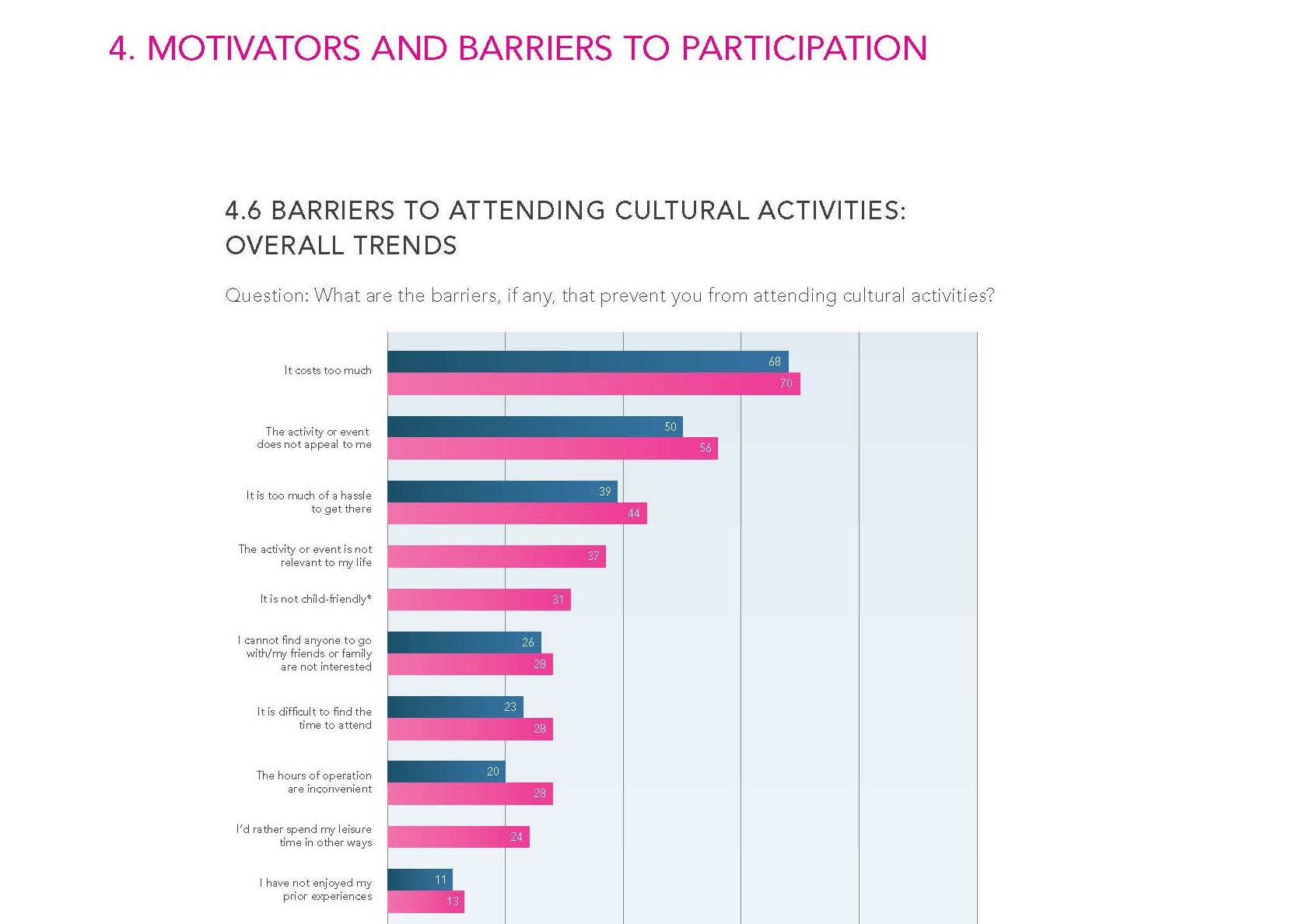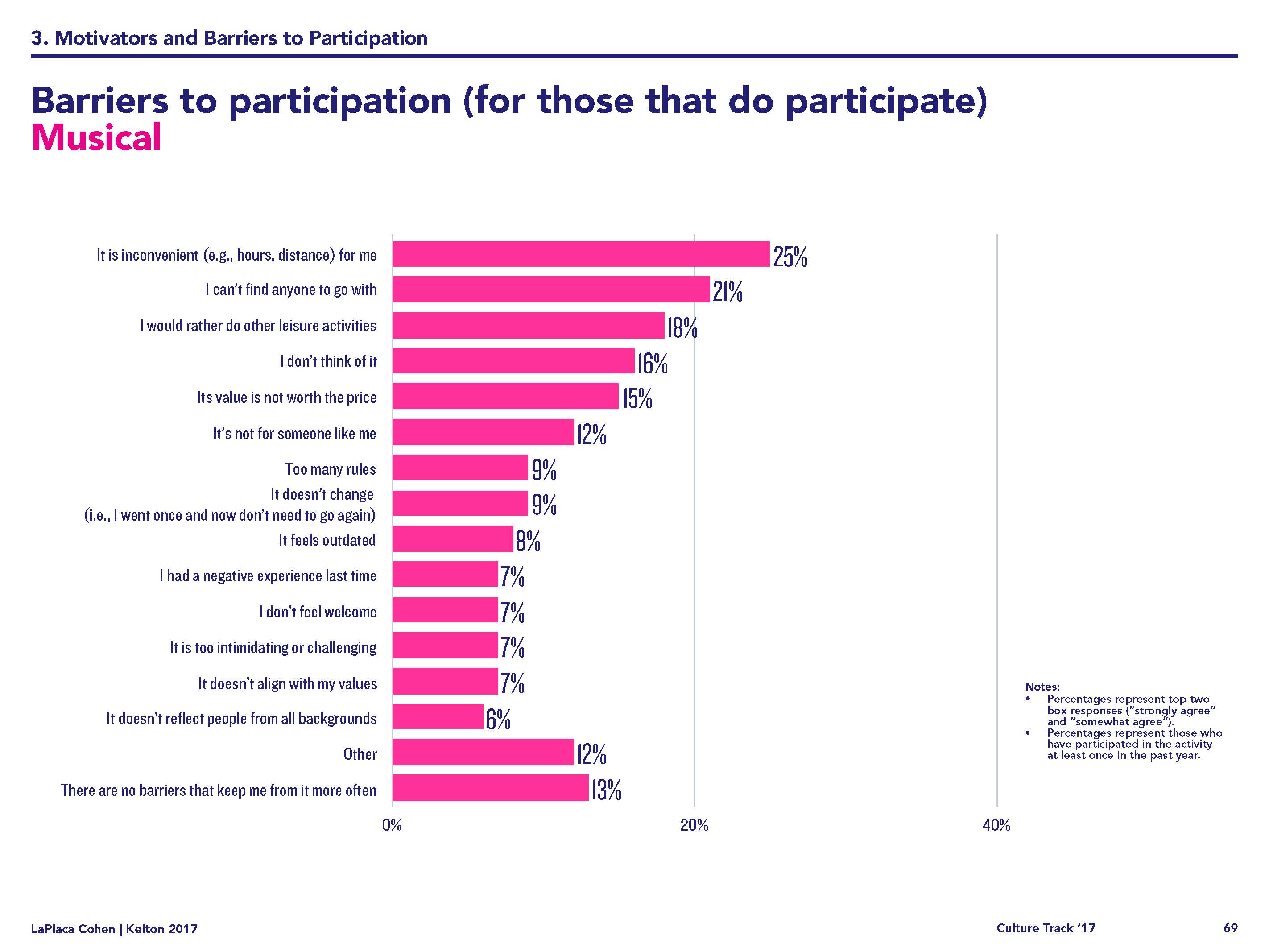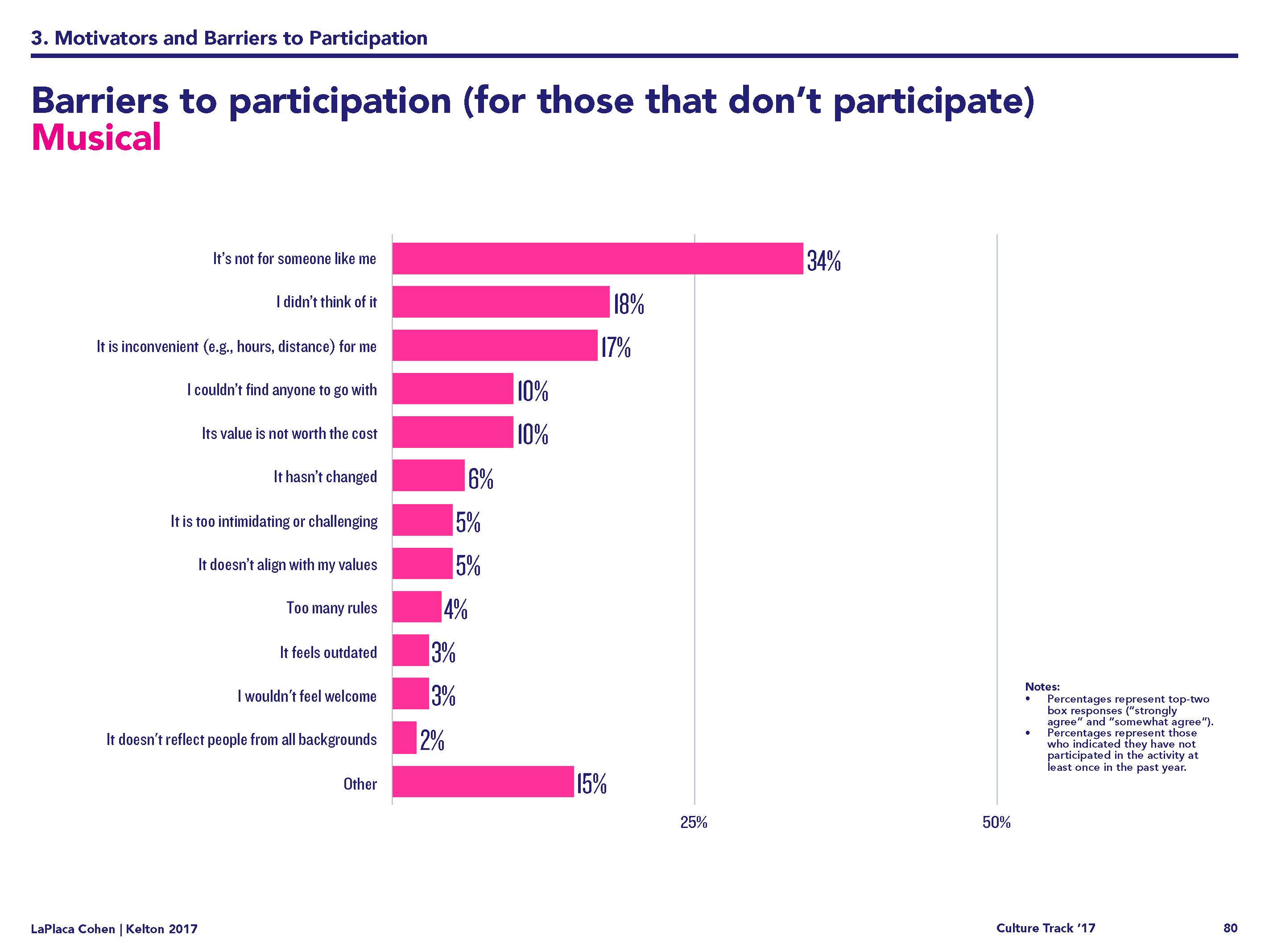Recently Artsy had an article in which they noted that, “…TIME Magazine described (Georgia) O’Keeffe in 1940 as the “least commercial artist in the U.S.” The article, which was about Dole providing Georgia O’Keeffe with an all-expense paid trip to Hawaii to paint an image to help them sell pineapples, went on to mention that,
…in reality the American painter had long dabbled in corporate commissions. One of her earliest jobs was as a commercial artist in Chicago, where she drew embroidery and lace designs for fashion advertisements. Later, after she’d achieved some measure of fame, she would contribute to the interior murals at New York’s Radio City Music Hall and paint four jimsonweeds in bloom for a Manhattan beauty salon.
I looked up the TIME magazine article which is actually about the Dole commission and the first words indeed are “Least commercial artist in the U. S…” (it doesn’t start with “The.” Least is capitalized.) Finding that article reinforced my first instinct upon reading the phrase in Artsy–why was it so important to frame the information in terms of her not being a commercial artist? Does the idea that not being commercial equals purity go back to the 1940s?
I subsequently wondered when the idea that you were selling out if you did commercial work started. I guess I always thought of it emerging a little later in the 50s and 60s.
In any case, that reminded me of a piece on the Ozy site in April 2016 which pointed out a lot of artists worked commercially before achieving the fame for which they are known. In fact, the piece is introduced with, “Why You Should Care: Because sometimes artists have to be willing to sell out before they can sell themselves.”
The article lists a number of creatives whose later work ran contrary to the tone and content of the commercial work in which they got their start.
…Eric Carle, author of the children’s classic The Very Hungry Caterpillar, was a graphic designer for The New York Times and an art director for an advertising agency, illustrating lobsters and insects for allergy-tab advertisements. Shel Silverstein worked for years as a cartoonist for Playboy while also deploying his skills toward more PG-themed fare as an author of such children’s classics as The Giving Tree.
Even the indomitable Dr. Seuss, who wrote such anticonsumerist works as How the Grinch Stole Christmas and The Lorax,…capacious imagination had largely fueled advertising campaigns for his largest client, Standard Oil Company.
While some would say Jim Henson’s most important work was the creation of a PBS television show that taught children many life lessons about tolerance, empathy and cooperation, the earliest iterations of his Muppets employed extreme amounts of violence in the service of selling coffee. There is less involved in the sale of other products.
While the character isn’t Kermit the Frog, hearing the voice of a childhood friend make a blase commentary after inflicting injury is a little disconcerting.
According to the Ozy article, commercial work informed the later work of some of the creatives.
Kurt Vonnegut Jr., author of bestsellers like Slaughterhouse Five and Cat’s Cradle, was hired in 1947 at the age of 24 to join… global energy giant General Electric…Vonnegut interviewed numerous GE scientists about their research, and some of what he learned about — such as attempts to control the weather — would form the basis for several key creations of his own, such as the Ice-9 featured in Cat’s Cradle.
“The capitalist market economy,” Cowen argues, “is a vital but underappreciated institutional framework for supporting a plurality of coexisting artistic visions … [and] helping consumers and artists refine their tastes.”
I think it reveals an additional degree of inconsistency in the general thinking about selling out. People don’t seem to mind if a creative makes money in the commercial realm before they get to know their work. But if a creative person or group gains some notoriety and then embraces opportunities for commercial work, they have sold out.
It can’t be money that is the factor. Some of these people made much more money after having left commercial work behind them.
My theory is the crucial issue is a sense of ownership of creative identity by fans and admirers. It is okay if you as a creative make millions of dollars pursuing the role that made me your fan. Who cares about your previous commercial career? I didn’t know you then.
However, if you start to expand your reach beyond the scope I have assigned to you, then you are a sell out. But perhaps more accurately, you have sold me out and betrayed the relationship I have manufactured for us.
Obviously, this is no great revelation. For nearly a century now performers especially have needed to maintain a public persona which left open a minuscule hope that any fan might be able to enter a relationship with them.
As has often been observed, the whole dynamic has served to reinforce the concept that poverty equals purity. It is useful to tell stories about creatives that had day jobs before their creative pursuits became their day job in order to combat this impression.
Having a day job no more guarantees success in creative pursuits than eschewing a day job out of a sense of hewing to purity. It is also not necessarily an impediment.
Both narratives need to be held as equally valid because a lot of time, as noted in the Ozy anecdote about Dr. Seuss, it is happenstance more than anything else that changes the course of a career. Did Seuss’ commercial practice make him better prepared to exploit that opportunity than had he been solely working for himself or would his self-discipline left him equally prepared in all eventualities?





Thanks for what you are doing to bring cultural change to the arts. It is so important to represent everyone.…